Elevate your space with timeless style by embracing the charm of retro-inspired design ideas. In today’s fast-paced world, there’s something uniquely captivating about bringing classic, nostalgic elements into modern living spaces. Retro design has transcended eras, offering a blend of yesteryear’s flair with contemporary appeal, making it a go-to choice for those seeking a distinctive aesthetic. Whether you’re revamping your home or simply looking to refresh your style, retro-inspired designs provide a way to stand out while creating a memorable environment. From sleek mid-century modern pieces to vibrant 70s-style accents, retro looks continue to inspire homeowners and designers alike. Explore how you can seamlessly integrate retro elements into your space, blending the old-world charm of yesterday with the fresh, innovative spirit of today.
Key Takeaways
– Understanding Retro Style: Captures the essence of past design trends, blending historical influences with modern creativity to create timeless spaces.
– Color Palettes: Utilizes vibrant, nostalgic color combinations like classic Americana, Vintage Vogue, and Art Deco Glamour to evoke retro charm.
– Decade-Inspired Designs: Draws from the bold, vibrant styles of the 1970s and 1980s, featuring flared jeans, neon lights, and iconic fashion elements.
– Retro Resources: Accessible through thrift stores, vintage boutiques, and platforms like Etsy for unique finds and authentic memorabilia.
– Versatility: Offers a range of aesthetic influences, from mid-century modern to jazz age glamour, adaptable to various design preferences.
– Timeless Appeal: Combines familiarity with innovation, making retro-style spaces both nostalgic and forward-thinking.
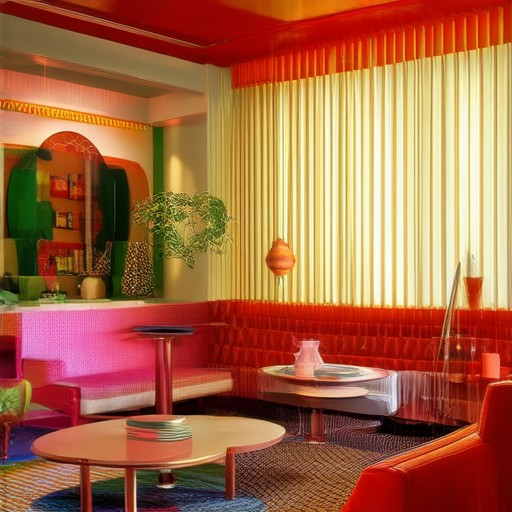
What Makes a Retro Design?
A retro design is characterized by its deliberate mimicry of past styles, trends, or cultural phenomena from earlier eras. These designs often evoke a sense of nostalgia and are inspired by specific time periods, typically spanning the 1920s through the 1990s. Here’s what defines a retro design:
Key Elements of Retro Design
- Time Period Inspiration
Retro designs are rooted in specific decades, with styles reflecting the aesthetic, fashion, and cultural norms of that time. Common inspirations include: - 1920s: Art Deco influences, geometric patterns, and elegant typography.
- 1950s: Mid-Century Modernism, atomic age motifs, and sleek, minimalist designs.
- 1960s: Hippie culture, flower power, and countercultural symbolism.
- 1970s: Disco, punk, and bold, vibrant colors.
- 1980s: Neon lights, synth-driven aesthetics, and bold geometric shapes.
- Iconic Symbols and Motifs
Retro designs often incorporate iconic symbols and motifs that became synonymous with particular eras. Examples include: - 1950s: Diner signs, soda fountain imagery, and Chevrolet car designs.
- 1960s: Peyote buttons, tie-dye patterns, and flower children imagery.
- 1970s: Star Wars memorabilia, bell-bottom jeans, and disco ball motifs.
- Color Palettes
Retro designs frequently utilize distinctive color palettes associated with certain decades. For instance: - 1950s: Pastel colors, bubblegum pink, and baby blue.
- 1970s: Earthy tones, burnt orange, and olive green.
- 1980s: Neon colors, fluorescent hues, and bold primary colors.
- Typography
Typography plays a significant role in retro design, with fonts often mirroring those popular during the referenced era. Examples include: - 1960s: Sans-serif fonts reminiscent of psychedelic posters.
- 1970s: Chunky, block letter fonts seen in punk rock graphics.
- 1980s: Stencil-like fonts used in neon signage.
- Cultural Influences
Retro designs are deeply influenced by broader cultural movements of the time. This includes: - Art Deco: Aesthetic movement blending geometry, nature, and machinery.
- Mid-Century Modernism: Emphasis on functionality and organic forms.
- Hippie Movement: Focus on communal living, spirituality, and nature.
- Nostalgia Factor
Retro designs thrive on evoking a sense of nostalgia, connecting viewers to memories of the past. This emotional appeal is a key component of their enduring popularity.
Applications of Retro Design
Retro styles are versatile and can be applied across various domains, including:- Interior Design: Using vintage furniture, patterned wallpaper, and classic color schemes.- Fashion: Incorporating throwback clothing styles, such as 70s-style jackets or 90s grunge attire.- Product Design: Reimagining older technologies or products with a retro twist, like analog watches or vinyl records.- Branding: Utilizing retro aesthetics to convey heritage, authenticity, and timeless quality.
By understanding and incorporating these elements, designers can effectively create retro-inspired pieces that resonate with audiences seeking a connection to the past.
What is 70s Decor Style Called?
The 1970s decor style is often referred to as Mid-Century Modern . This style emerged in the mid-20th century and continued to evolve through the 1970s, blending influences from earlier movements like mid-century modernism, bohemian culture, and the rise of psychedelic art.
Key Characteristics of 70s Decor:
- Geometric Patterns : Bold geometric shapes and patterns dominated the decade, reflecting the influence of minimalist and Brutalist architectural movements.
- Earthy Tones : Warm, natural colors like browns, beiges, and greens became popular, creating a cozy and grounded aesthetic.
- Natural Materials : The use of raw, untreated materials like wood, stone, and fiberboard gave spaces a rustic charm.
- Furniture Design : Iconic pieces like the Eames chair and the Knoll sofa defined the era, emphasizing comfort and functionality.
- Cultural Influences : The 70s were shaped by the hippie movement, disco culture, and the rise of environmental awareness, all of which impacted design trends.
Examples of 70s Decor:
- Rug Designs : Hand-knotted rugs and geometric-patterned carpets were staples.
- Lighting : Statement lighting fixtures, like the iconic chandelier, became focal points in rooms.
- Wall Art : Abstract paintings and vibrant murals reflected the era’s artistic spirit.
This style continues to be celebrated for its timeless appeal, blending historical influences with innovative design. To explore more, visit our curated collection of vintage finds and learn about the history of retro styles.
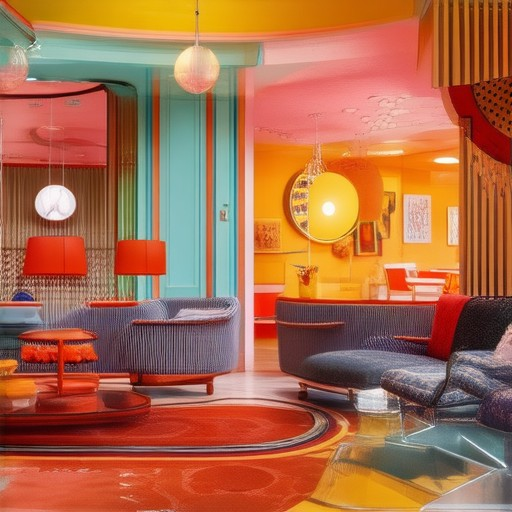
What is Retro Style Decor?
Retro style decor is a design aesthetic that celebrates the fashion, architecture, and cultural icons of the past, particularly the mid-20th century. This style is characterized by bold, vibrant colors, eccentric combinations of patterns and textures, and a mix of eclectic influences from various historical periods. Retro decor often evokes a sense of nostalgia while offering a unique, quirky, and timeless look.
Key Elements of Retro Style Decor
- Color Palette : Retro style is defined by its use of bright, saturated colors, often in clashing combinations. Think 1950s and 60s hues like neon pink, lime green, and electric blue, paired with rich jewel tones and deep earthy tones.
- Patterns and Textures : Geometric patterns, floral motifs, and intricate textures are common in retro decor. These elements are often inspired by mid-century designs, such as those found in vintage rugs, upholstery, and wallpaper.
- Mixing Periods : Retro style embraces the eclectic mix of different eras. For example, pairing a Mid-Century Modern sofa with Victorian antiques or incorporating Art Deco-inspired lighting with 70s-style wall art.
- Furniture and Accessories : Retro decor often features iconic pieces like Eames chairs, Danish modern furniture, and mid-century lighting. Accessories such as vintage jewelry, retro-inspired artwork, and throwback gadgets complete the look.
How to Incorporate Retro Style Into Your Space
- Statement Lighting : Retro-style lamps, chandeliers, and pendant lights can instantly add a retro vibe to any room.
- Vintage Finds : Incorporate antique and vintage items, such as old books, vinyl records, and retro appliances, to create a nostalgic atmosphere.
- Color Blocking : Use contrasting colors to create visual interest, balancing bold accents with neutral backgrounds to highlight retro elements.
Emotional Appeal of Retro Style
Retro decor appeals to the senses by evoking memories and emotions tied to the past. It offers a playful contrast to modern minimalism, creating spaces that feel lively, adventurous, and full of character. Whether you’re aiming for a cozy, nostalgic retreat or a bold, eclectic showcase, retro style provides endless opportunities for creativity and self-expression.
By blending historical influences with contemporary flair, retro style decor creates spaces that are both timeless and uniquely personal.
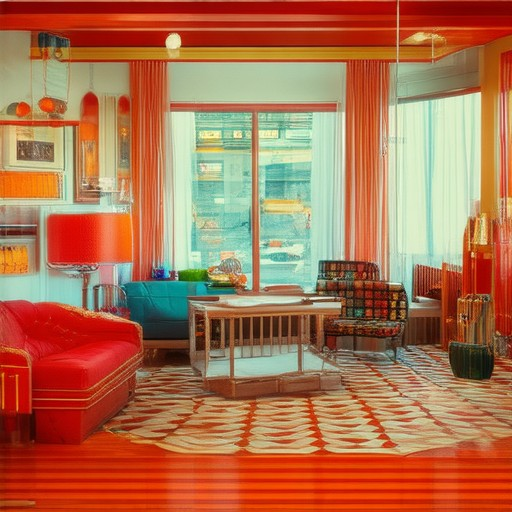
What Makes Something Look Retro?
Retro style is defined as a modern interpretation or reproduction of past design styles, often blending historical influences with contemporary elements. Here’s a breakdown of the key factors that contribute to something looking retro:
- Design Inspiration : Retro styles draw heavily from specific decades, such as the 1970s, 1980s, or 1990s, replicating iconic designs from these eras. For instance, the geometric patterns of the ’70s or the neon colors of the ’80s.
- Color Palette : The use of vibrant, often bold colors associated with earlier decades can give an item a retro feel. These colors may include shades popular in the mid-century or those synonymous with particular cultural movements.
- Material Usage : Certain materials, like vinyl, wood, or leather, evoke a sense of nostalgia when used in modern products, referencing past technologies or furniture styles.
- Typography : Fonts that mimic those commonly used in the past, such as the block lettering of the ’50s or the futuristic sans-serif fonts of the ’60s, play a significant role in creating a retro aesthetic.
- Cultural References : Incorporating elements from pop culture, music, or art movements of previous decades adds to the retro appeal. For example, referencing the hippie movement of the ’60s or the synth-driven music of the ’80s.
- Nostalgia Factor : Retro designs often tap into personal memories or shared cultural experiences, creating a sense of connection to the past.
- Branding and Collaboration : Many brands collaborate with artists or designers from previous generations to recreate iconic styles, ensuring authenticity and resonance with their audience.
- Technology Integration : Modern takes on retro themes often incorporate technological advancements, such as digital art mimicking analog media styles or smart devices with retro-inspired interfaces.
By combining these elements, retro-styled items bridge the gap between the past and present, offering a unique blend of familiarity and innovation.
Colors for Retro Style
Retro style is characterized by a nostalgic nod to the mid-20th century, often incorporating vibrant yet harmonious color palettes that evoke a sense of nostalgia. Here are some popular color combinations associated with retro aesthetics:
- Classic Americana Palette: Rich reds, vibrant yellows, deep blues, lush greens, and regal purples create a sophisticated yet playful mood.
- Vintage Vogue Palette: Soft pinks, muted teals, and gold accents evoke the elegance of 1950s fashion and decor.
- Modern Retro Palette: Bold geometric shapes and high-contrast hues offer a dynamic twist on traditional retro colors.
- Granny’s Attic Palette: Earthy tones like weathered wood, faded lace, and soft grays create a cozy, rustic retreat.
- Art Deco Glamour Palette: Metallics and jewel tones pay homage to the Jazz Age, offering a luxurious take on retro styling.
These color palettes can be used together or separately to achieve a retro aesthetic, whether in fashion, interior design, or creative projects.
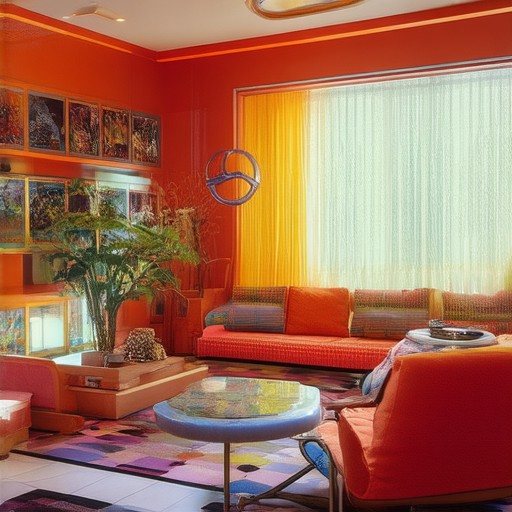
What Defines Retro Style?
Retro style encompasses a range of aesthetic influences primarily from the 1970s and 1980s, though it can extend to earlier and later decades as well. The 1970s are often celebrated for their bold designs, vibrant colors, and countercultural movements, while the 1980s brought a mix of neon, synth-pop inspiration, and a blend of playful and sophisticated styles.
Key Features of 70s and 80s Retro Fashion
- 1970s Influences : Flared jeans, tie-dye shirts, platform shoes, and bell-bottom jackets define the decade’s fashion.
- 1980s Influences : Neon lighting, leg warmers, lace tanks, and shoulder pads were iconic, reflecting the era’s pop culture and sportswear influence.
Competitors in the Retro Market
When it comes to sourcing retro-inspired goods, competitors like thrift stores , vintage boutiques, and online platforms like Etsy offer a variety of options. These businesses cater to fans of retro fashion, providing access to unique pieces and authentic memorabilia.
Conclusion
Retro style is a versatile and timeless trend that continues to captivate audiences. Whether you’re drawn to the rebellious spirit of the 70s or the glitzy allure of the 80s, retro fashion offers a unique way to embrace history while staying fashionable.
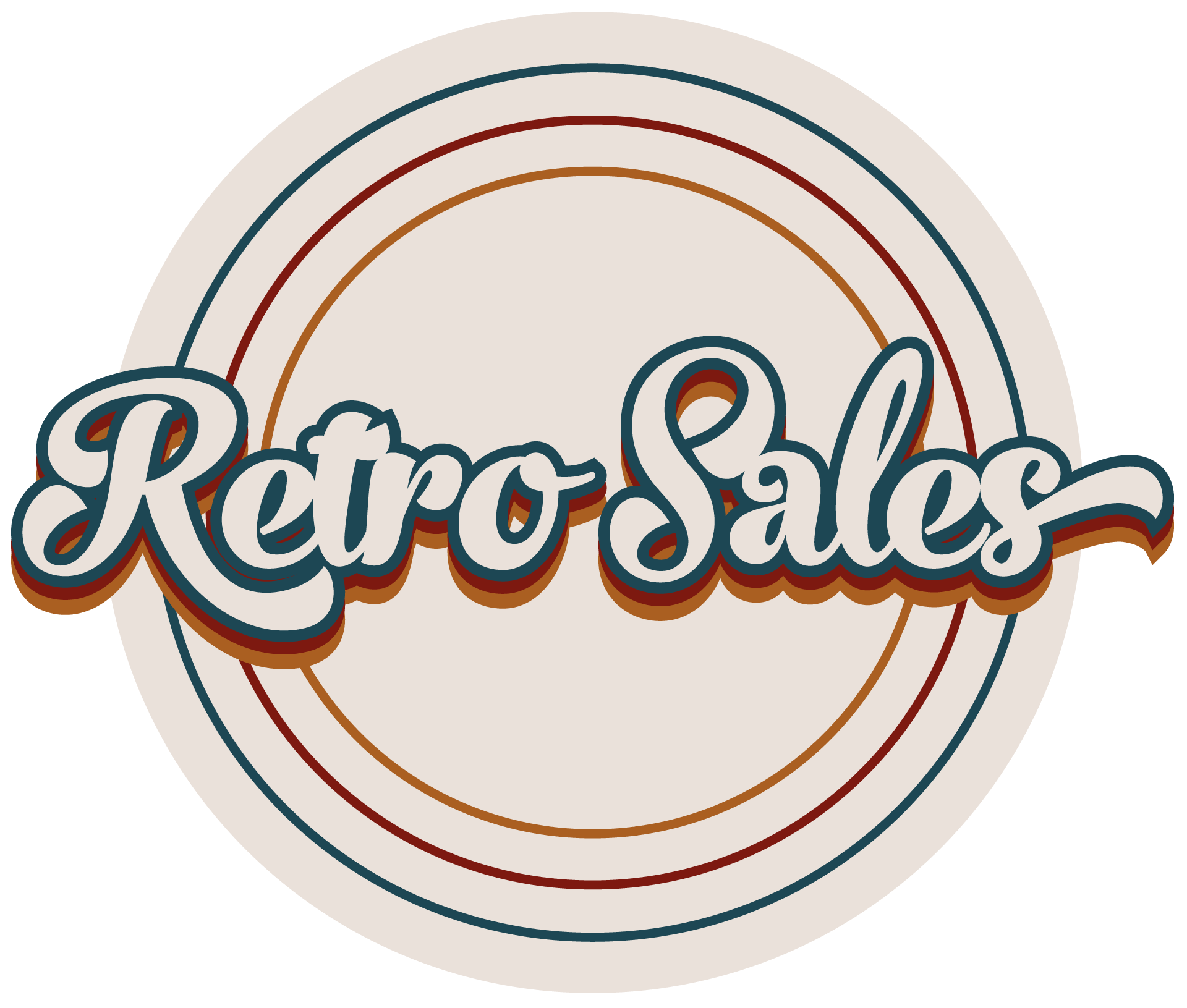
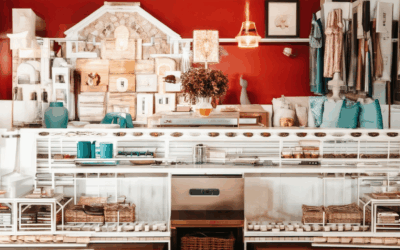
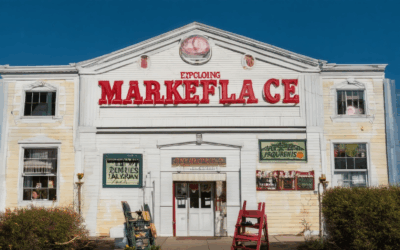
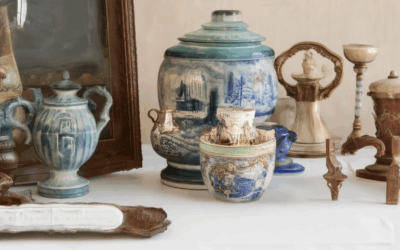
0 Comments